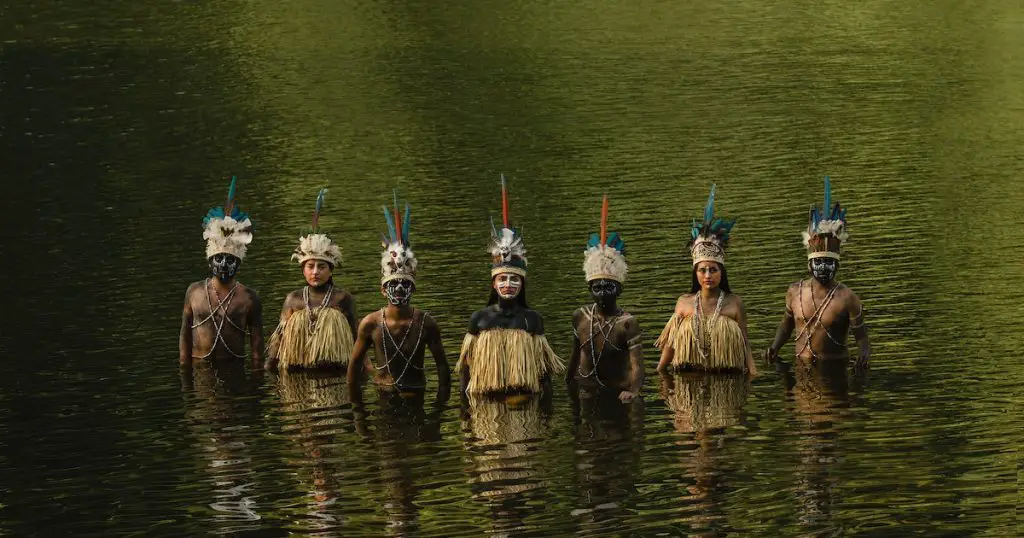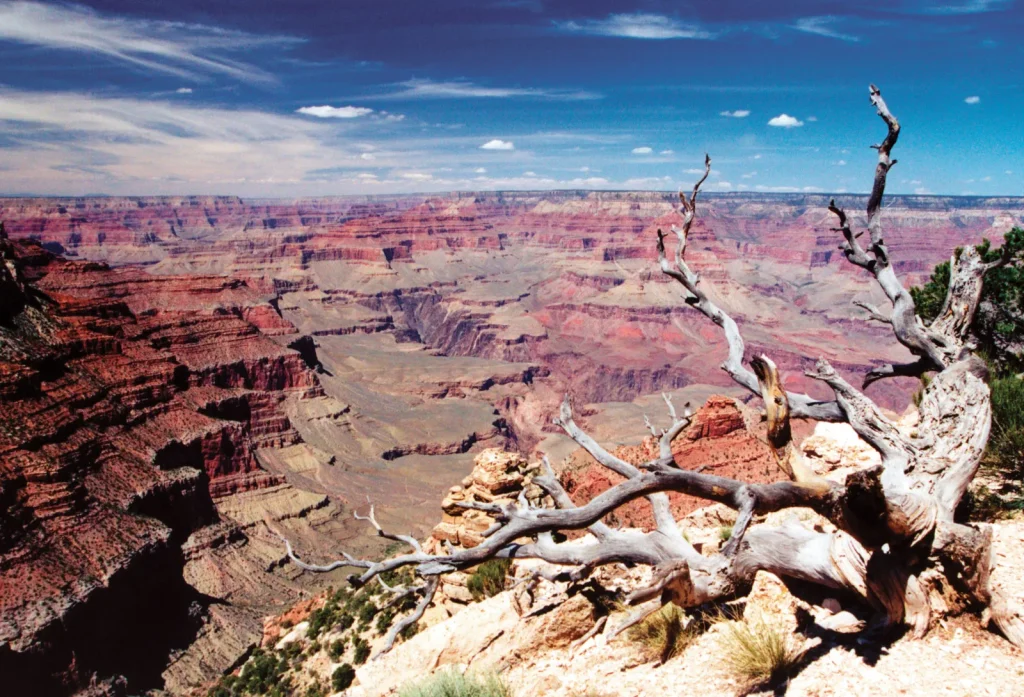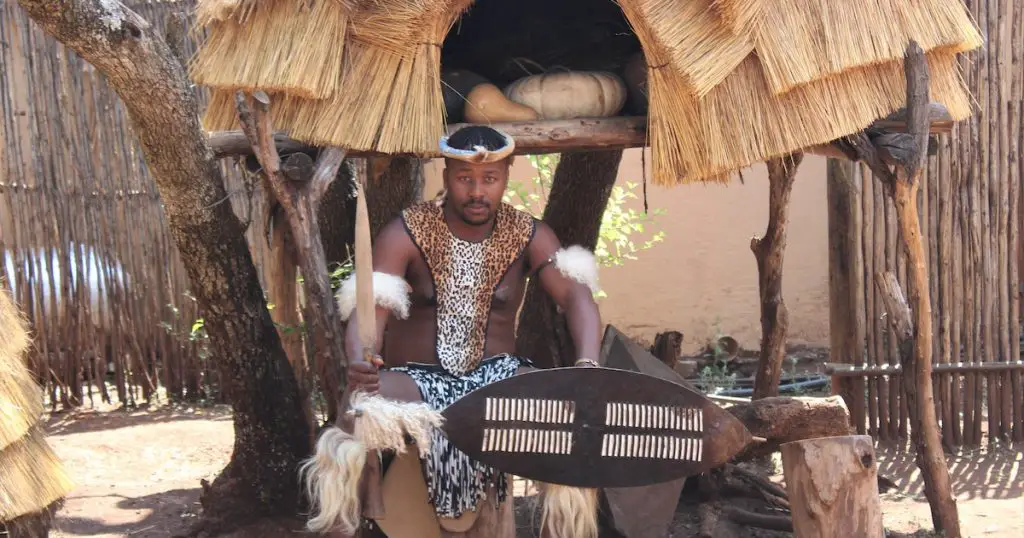The intertwined relationship between Prescott’s natural landmarks and Native American history is a tale that has survived the ravages of time. These captivating landscapes serve as mute witnesses to centuries of indigenous people’s narratives.

The Native American history related to Prescott’s natural landmarks is a profound journey, showcasing a deep-rooted connection between the environment and the cultural tales it shelters.
The Geographical and Cultural Landscape
Prescott, nestled in Arizona’s central highlands, offers a panorama of diverse terrains – from granite mountains and shimmering lakes to expansive plains. This geographical diversity has, for centuries, supported a plethora of flora and fauna, making it a veritable Eden.
The region’s rich topography was a cradle to various indigenous tribes long before modern settlers ventured into these lands. Among them were the Yavapai and the Apache. These tribes not only thrived on the bounties offered by this land but also infused it with their cultural and spiritual beliefs, making every mountain, stream, and stone an integral chapter in their collective memory.
Granite Dells: Nature’s Sculpture
The Granite Dells, with their unique rock formations, have always been a significant landmark in Prescott. Formed from eroded granite bedrock, these rounded outcroppings offer a stark contrast to the surrounding plains. This article beautifully captures their ethereal beauty.
For the Native American tribes, especially the Yavapai, the Dells were more than just a natural marvel. Their porous structure provided shelter and their proximity to water sources ensured sustenance. Myths speak of brave warriors and wise shamans seeking visions amidst these rocks, with spirits whispering secrets of the universe.
Today, these legends continue to resonate. Every crevice and peak seems to echo tales of love, war, and communion with nature. For those keen on delving deeper into these legends, this resource provides fascinating insights.
Thumb Butte: The Soaring Sentinel
Thumb Butte’s distinctive profile, rising boldly against Prescott’s skyline, is more than just a geological wonder. Its volcanic origins and the forces of erosion that sculpted it are fascinating topics for geologists and nature enthusiasts alike.

However, its importance isn’t just geological. Native American tribes regarded Thumb Butte as a spiritual beacon. It served as a rendezvous point, a place for ceremonies, and a symbol of nature’s magnificence. There are tales of tribal chiefs ascending its slopes to communicate with the gods, seeking guidance for their people.
As time passed, the Butte became a fusion point, where ancient traditions met newer influences. Yet, its essence remained untainted, making it a silent custodian of centuries of history.
Watson and Willow Lakes: Liquid Jewels
Lakes have always been revered as sources of life and mystery. Watson and Willow Lakes are no exception. Their serene waters and rich biodiversity make them vital ecological hubs.
For Native American tribes, these lakes were both sustenance and sanctuary. Tribes like the Apache would camp along their banks, fishing in their bounteous waters and hunting in the neighboring woods. Their shores have witnessed countless ceremonies celebrating the cycles of nature, birth, death, and renewal.
Moreover, water bodies were, and continue to be, associated with purification rituals. Spiritual leaders often performed ceremonies by these lakes, seeking their purifying energies. This article offers a comprehensive view of the ecological significance of Watson and Willow Lakes.
Lynx Creek: The Flow of History
Lynx Creek meanders through Prescott, adding a dynamic element to its topography. While its course and water levels have changed over centuries, its significance in the region’s history has been consistent.
The Creek’s perennial waters made it an ideal location for agriculture. Native American tribes, understanding the importance of water, set up ingenious irrigation systems, ensuring a steady food supply. Besides sustenance, the creek also offered spiritual solace. Its gentle murmurs and serene ambiance provided the perfect backdrop for introspection and meditation.
Even today, a walk along Lynx Creek is a journey back in time. Every twist and turn seems to narrate tales of bygone eras, of dreams dreamt and futures forged.
Montezuma Well: A Natural Wonder
Montezuma Well, a limestone sinkhole filled with spring water, is an oasis in the truest sense. Its formation, due to the collapse of an underground chamber, has made it a subject of study for geologists.
But its true allure lies in its historical habitation by the Sinagua people. The remnants of their dwellings can still be seen, offering a window into their lives. The Sinagua, understanding the well’s significance, built an entire community around it.
Legends abound regarding the well’s origin and its role in the Sinagua’s spiritual practices. Some tales even suggest that the well was a portal to other realms.
The Petroglyphs: Stories Etched in Stone
Prescott’s landscape is dotted with petroglyphs, ancient rock art that offers glimpses into the region’s past. These etchings, some over a thousand years old, are cryptic chronicles of events, beliefs, and rituals.
Each petroglyph, be it a symbol, a creature, or a seemingly abstract design, holds significance. Some might represent tribal territories, while others could narrate celestial events or spiritual visions. Understanding them requires patience, insight, and respect for ancient wisdom.

Scholars and enthusiasts have dedicated years to studying these petroglyphs. Their interpretations, while varied, all point towards a deep connection between the tribes and their environment. For those wishing to delve deeper into this fascinating world of petroglyphs, this site offers invaluable insights.
Spiritual Sites: Grounds of Worship
The landscape around Prescott isn’t just geographically rich; it’s spiritually vibrant. Certain locations, due to their unique energies or historical significance, have been considered sacred for generations.
- Sacred Mountains: Peaks like Granite Mountain have been revered as the abodes of gods.
- Ritualistic Caves: These natural sanctuaries have witnessed countless ceremonies.
- Celestial Observatories: Some sites were used to track celestial events, emphasizing the tribes’ advanced understanding of astronomy.
Such spiritual sites were, and still are, integral to the tribes’ belief systems. They’re not just locations but living entities, entities that breathe, observe, and interact. Engaging with these places, one could feel the energies of countless ceremonies, prayers, and offerings made over centuries.
The Impact of European Settlers
Prescott’s transformation began with the arrival of European settlers. As they explored the region, they were greeted by a terrain shaped not just by nature but by centuries of indigenous habitation.
These initial encounters were a mix of curiosity, cooperation, and inevitable conflict. Both sides held deep-rooted beliefs, traditions, and aspirations. As settlers established their dominion, moments of shared understanding were often overshadowed by disputes over land and resources.
But amidst these tumultuous exchanges, there was also an unintentional mingling of cultures. European settlers, albeit slowly, began to appreciate the deep-rooted connection between the tribes and the land. The tales of the landmarks, once purely indigenous, now evolved into a shared narrative. For a detailed account of these interactions, this well-researched piece is highly recommended.
Modern-Day Recognition and Celebration
Today, Prescott’s landmarks don’t just signify natural beauty; they stand as symbols of respect, understanding, and celebration of its indigenous roots. Modern initiatives have been established to preserve these tales, ensuring they aren’t lost in the pages of history.
Every year, events, workshops, and commemorations are organized, to celebrate Native American heritage. These events are a confluence of traditional tribal rituals and contemporary artistic expressions. They not only educate attendees about Prescott’s deep-rooted history but also instill a sense of pride and belonging.

On the preservation front, several landmarks have been accorded protected status. Understanding the historical significance of local communities plays an active role in their conservation. Those keen on understanding these preservation efforts can find comprehensive information.
In this section, we will be delving into some of the most common inquiries and curiosities that surround our topic.
Which tribes predominantly inhabited the Prescott region?
The primary tribes were the Yavapai and the Apache.
How do the petroglyphs in Prescott compare to other Native American petroglyphs in the US?
Prescott’s petroglyphs, while unique in their own right, share similarities in style and symbolism with others across the US. Their interpretation requires a holistic understanding of Native American culture.
Are there specific tours available focusing on Native American history around Prescott landmarks?
Yes, several guided tours delve deep into the Native American connection with Prescott’s landmarks. They offer an immersive experience, combining historical facts with indigenous tales.
How are these natural landmarks protected to ensure their preservation?
These sites are protected by both federal and state regulations. Additionally, local communities actively participate in their conservation.
How can visitors best respect and acknowledge the deep-rooted Native American history when visiting these sites?
Being aware of the site’s significance, not littering, and respecting restricted areas are basic measures. Additionally, engaging with local guides helps in understanding and appreciating the site’s history.
Conclusion
Prescott’s natural landmarks, with their breathtaking beauty and deep-rooted history, beckon all to engage in a journey of discovery. Every stone, every stream, and every peak holds tales waiting to be heard.
As we tread these paths, let’s remember that we aren’t just observers but participants in an ongoing narrative, a narrative that celebrates the union of nature and culture. By understanding and respecting this legacy, we ensure that these tales, echoing from the annals of time, continue to inspire future generations.



Leave a Comment
You must be logged in to post a comment.